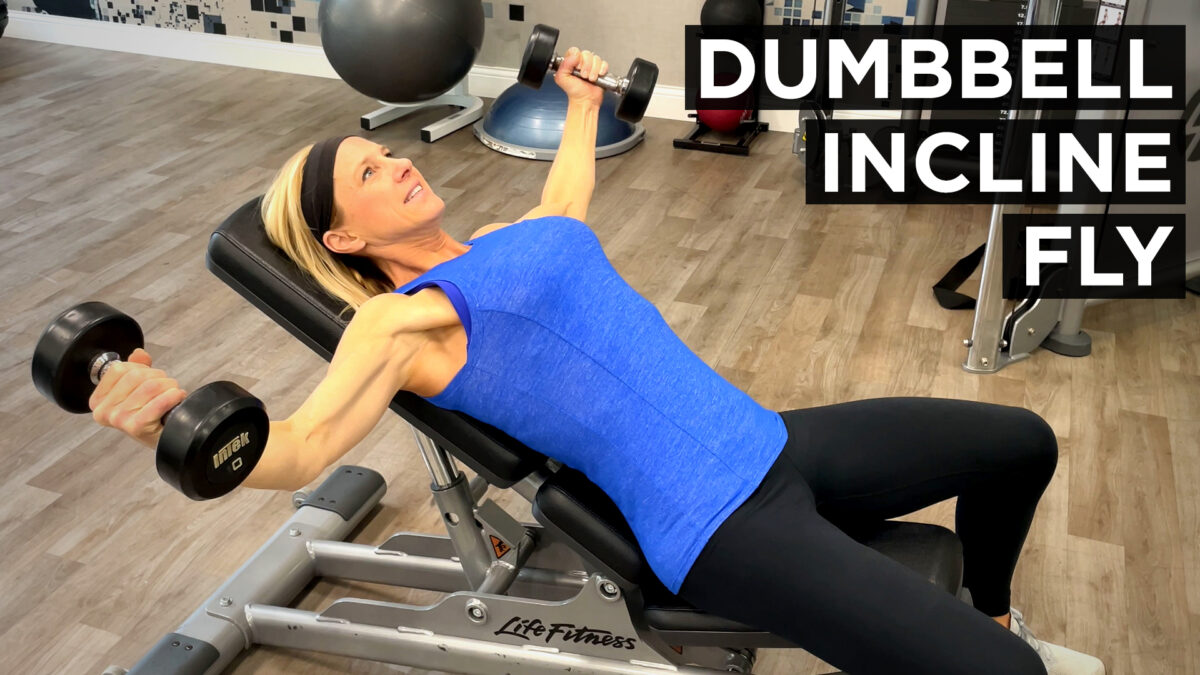Dumbbell Incline Fly
What is a Dumbbell Incline Fly?
The dumbbell incline flye is a popular chest exercise that primarily targets the chest muscles while also engaging the shoulders and triceps. This exercise can be done using a bench or an incline bench, and it is a great addition to any workout routine, whether you are looking to build mass or tone your chest muscles.
How do you perform the Dumbbell Incline Fly?
- Begin by setting the bench to an incline of 30 to 45 degrees. Lie down on the bench with your feet firmly planted on the floor.
- Hold a pair of dumbbells with an overhand grip, one in each hand. Your palms should be facing each other.
- Start with your arms extended and perpendicular to the floor, with a slight bend in your elbows. This is your starting position.
- Slowly lower the dumbbells out to the sides, keeping a slight bend in your elbows, until your arms are parallel to the floor. Your chest muscles should be fully engaged at this point.
- Hold the contraction for a second or two, then slowly return to the starting position.
- Repeat for the desired number of repetitions.
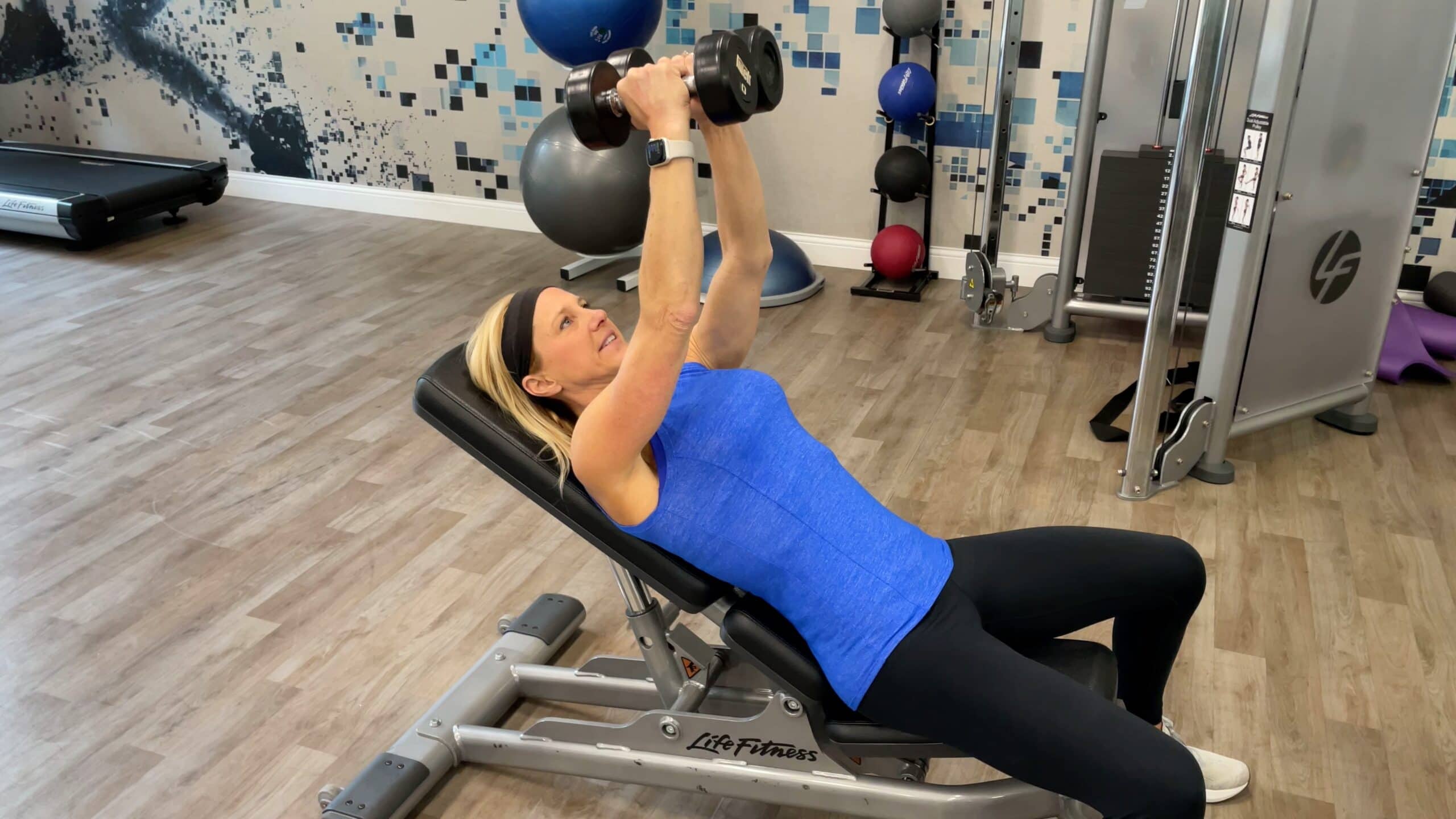
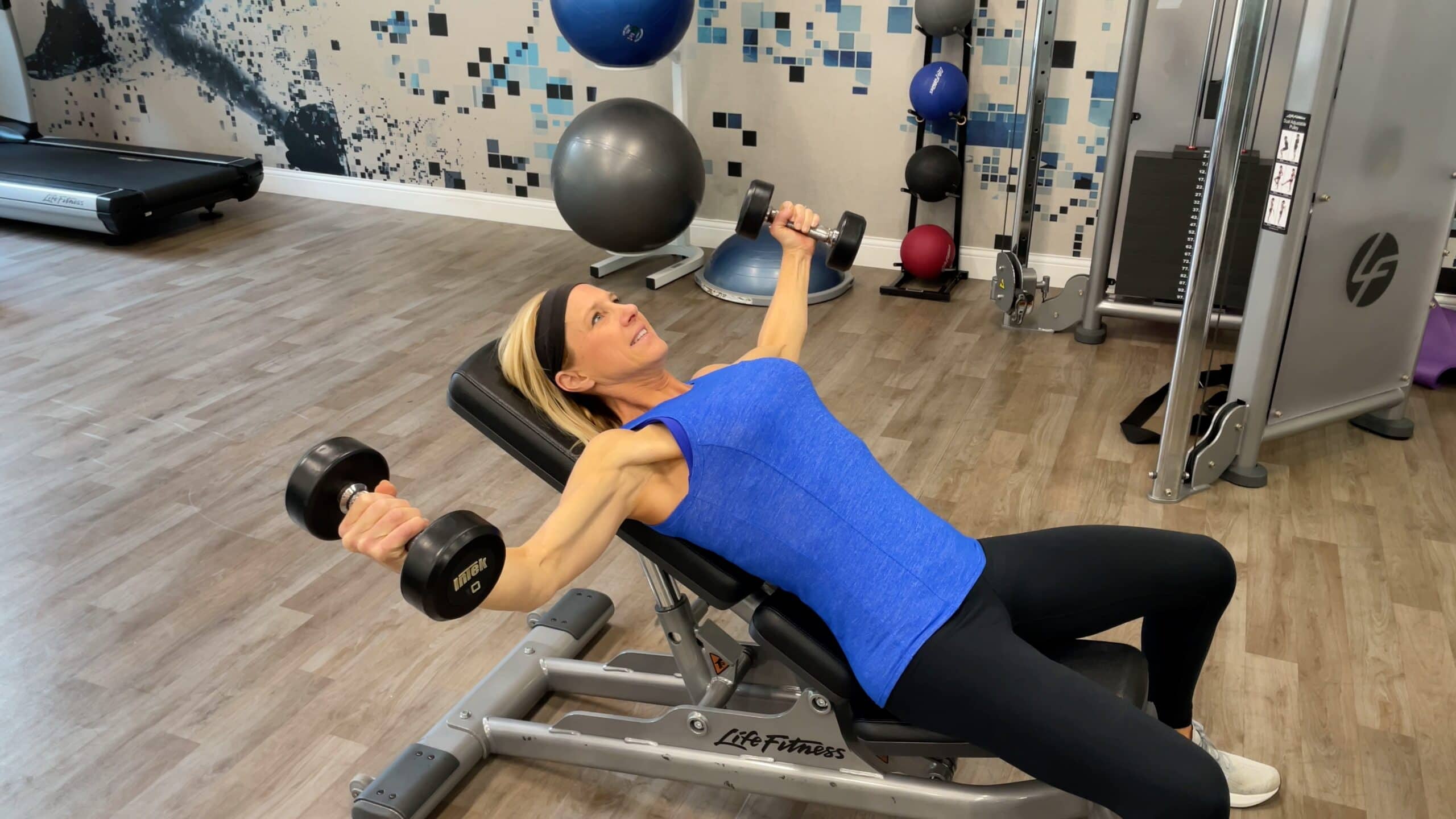
Benefits and watch outs of the Dumbbell Incline Fly?
Benefits
- Builds chest mass: The dumbbell incline flye is an excellent exercise for building chest mass, as it targets the pectoralis major muscles, which are the largest muscles in the chest.
- Improves chest definition: This exercise also helps to define and shape the chest muscles, giving you a more aesthetic and toned appearance.
- Engages multiple muscles: The dumbbell incline flye engages not only the chest muscles but also the shoulders and triceps, making it an effective compound exercise.
- Can be done with minimal equipment: This exercise can be done with just a pair of dumbbells and an incline bench, making it a convenient and cost-effective option for anyone looking to work out at home.
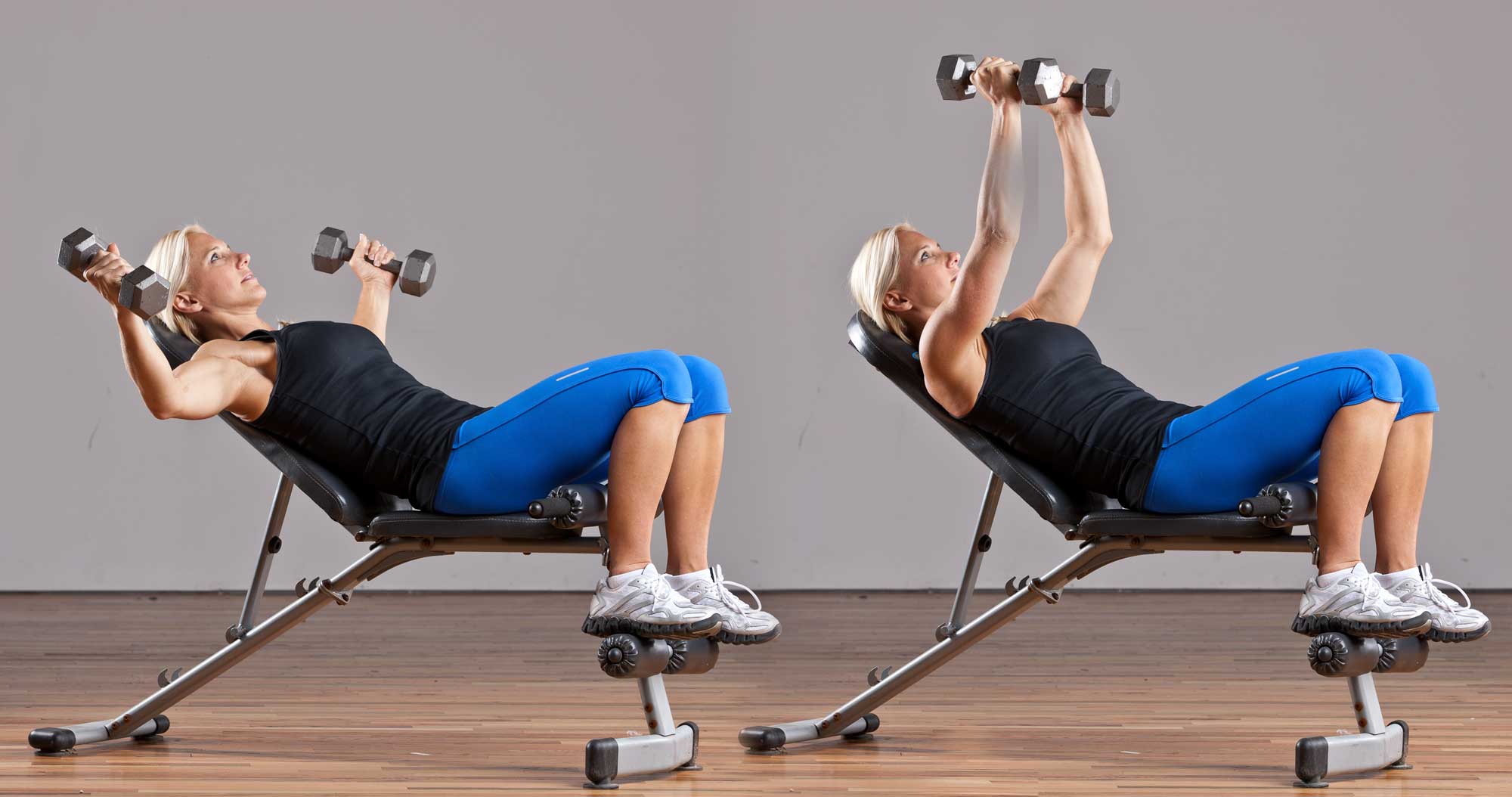
Watch Outs
- Start with a light weight: It is important to start with a light weight when doing the dumbbell incline flye, as it can be a challenging exercise. Gradually increase the weight as your strength and form improve.
- Maintain proper form: To prevent injury and maximize the benefits of this exercise, it is important to maintain proper form throughout the movement. Keep your elbows slightly bent, and avoid locking your arms or allowing your shoulders to round forward.
- Avoid overtraining: As with any exercise, it is important to avoid overtraining the chest muscles, as this can lead to muscle fatigue and injury. Incorporate the dumbbell incline flye into a well-rounded workout routine that includes exercises for other muscle groups.
The dumbbell incline flye is an effective exercise for building chest mass, improving chest definition, and engaging multiple muscle groups. When done with proper form and a gradual increase in weight, it can be a safe and effective addition to your workout routine. Remember to start with a light weight, maintain proper form, and avoid overtraining to maximize the benefits of this exercise.
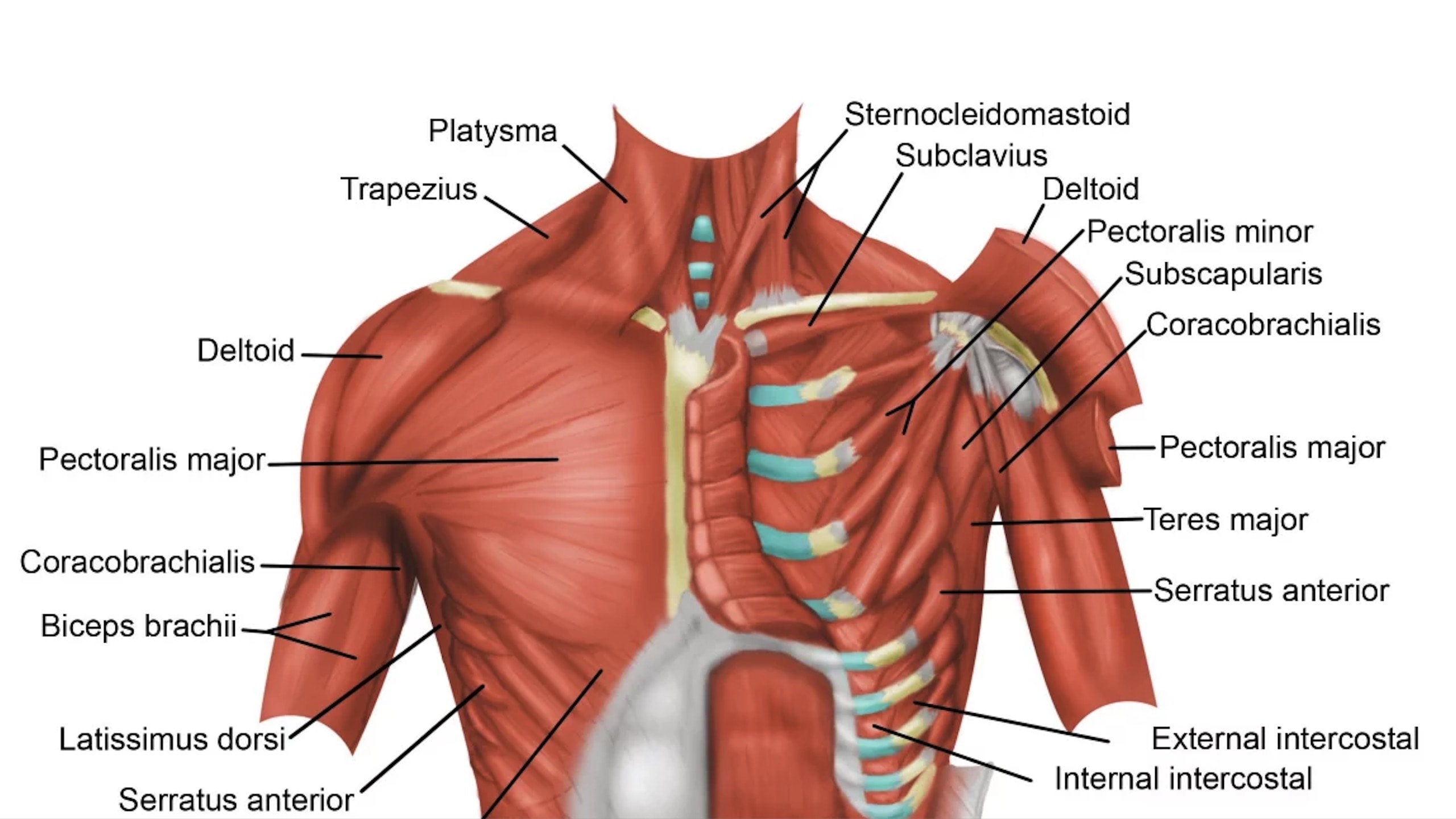
What muscles are worked in the Dumbbell Incline Fly?
The dumbbell incline fly is a compound exercise that primarily targets the pectoralis major, with a particular emphasis on the clavicular (upper) head, contributing to the development of the upper chest area. This exercise also involves the synergistic action of several other muscles to stabilize the body and support the movement.
- Pectoralis Major, Clavicular Head: This is the main muscle targeted by the incline variation of the fly. The inclined position shifts the focus towards the upper part of the chest, engaging the clavicular head more significantly than the flat or decline variations.
- Pectoralis Major, Sternal Head: Although the primary focus is on the upper chest, the sternal head of the pectoralis major also plays a crucial role in the movement by contributing to the adduction and medial rotation of the arm.
- Deltoids, Anterior Head: The anterior deltoids assist in the elevation of the arms during the fly movement. While not the primary focus of the exercise, they receive significant stimulation as stabilizers.
- Biceps Brachii: The biceps have a stabilizing role in this exercise, particularly the long head, which helps to stabilize the shoulder joint. While not actively lifting the weight, they help control the movement, especially during the eccentric phase.
- Serratus Anterior: This muscle assists in the stabilization of the scapula against the rib cage, playing a critical role in the control and stability of the upper body during the exercise.
- Rotator Cuff Muscles: Comprising the supraspinatus, infraspinatus, teres minor, and subscapularis, these muscles work to stabilize the shoulder joint throughout the movement. Their involvement is crucial for the prevention of injury and ensuring the integrity of the shoulder joint during the execution of the fly.
It’s important to understand the involvement of these muscles to optimize the effectiveness of the dumbbell incline fly, ensure proper form, and prevent injuries. This understanding also allows for more targeted training programs that can address specific muscular development goals or rehabilitative needs.
Is it safe to perform an incline dumbbell flye if you have a rotator cuff injury?
Performing an incline dumbbell flye with a rotator cuff injury is generally not recommended without prior clearance from a healthcare professional. The incline dumbbell flye places significant stress on the shoulder joint and specifically involves the rotator cuff muscles for stabilization throughout the movement. Given the delicate nature of rotator cuff injuries, which can range from minor strains to complete tears, engaging in exercises that exert undue pressure on these muscles could exacerbate the injury, leading to increased pain, further damage, and extended recovery time.
Should it be spelled fly or flye?
Both “fly” and “flye” are commonly used spellings for the exercise that targets the chest muscles by moving the arms in an arc while holding weights. The term “fly” is more traditionally used and recognized in fitness and bodybuilding communities. However, “flye” is an alternate spelling that you might see in some workout programs or fitness literature.
The choice between “fly” and “flye” is largely a matter of preference and convention, and both terms are understood to refer to the same exercise. The key point is the exercise itself and the technique used, rather than how its name is spelled.

